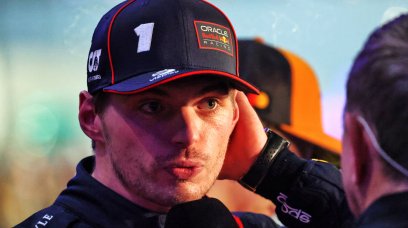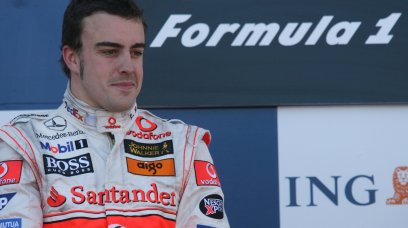In Melbourne, Ferrari are showing a proactive approach to porpoising and to evaluating the various changes made to the Albert Park track layout and surface since F1's last visit. During first practice, we can expect the F1-75 to be collecting important information related to the variation in the ride height of the front wing. In fact, five laser sensors have been mounted on the car, including one in the centre under the main profile of the front wing and two on each side under the endplates. Using these sensors, it is possible to precisely map the height of the wing, or rather, its variations depending on the speed and vertical load produced. This will allow the Maranello engineers to analyse data useful for tweaking the development that will be introduced at the next round in Imola, with the aim of further reducing porpoising, and also to refine this weekend's set-up.
In practice, assessing the track changes that include a fresh asphalt surface, now devoid of bumps, the Scuderia can evaluate the opportunity of adopting a lower ride height, which would allow them to generate a greater amount of downforce with the floor, and consequently reduce the incidence of the wing flaps. This hypothesis has strategic importance in Ferrari's early battle with the Red Bull RB18, which was the fastest car through the speed traps at the Jeddah Corniche Circuit in Saudi Arabia last time out.
Most read









